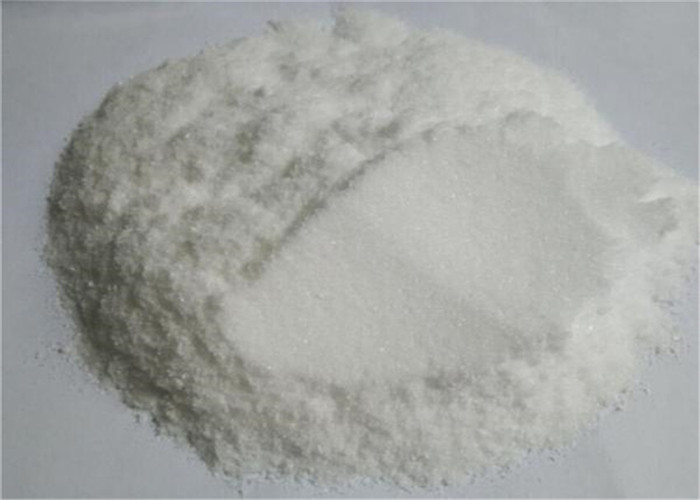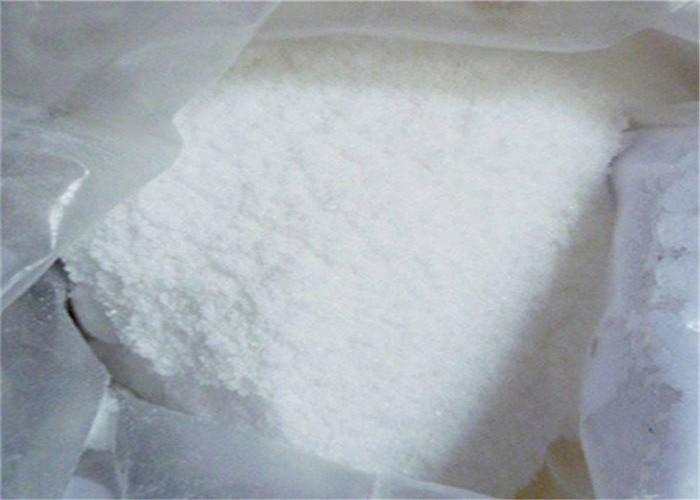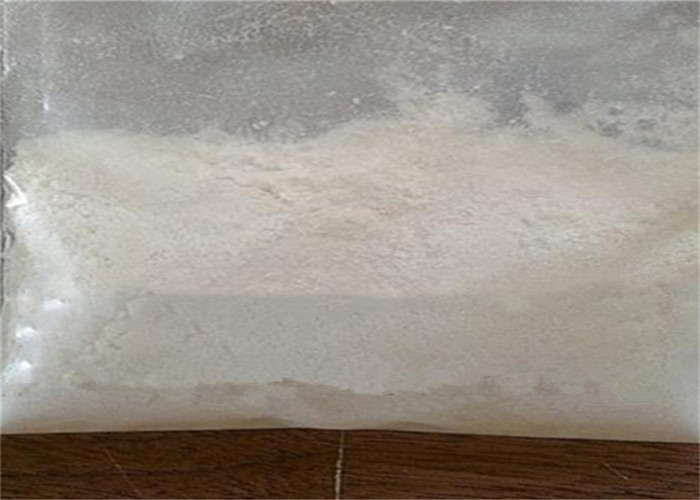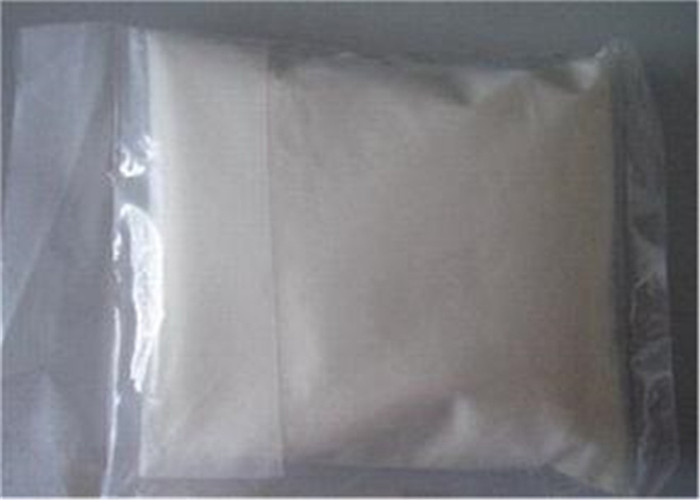99% Puriy Pramipexole for Parkinson Syndrome White Powder
Detalle rápido
| No CAS.: |
191217-81-9 |
| Sinónimos: |
(S)-2-Amino-4,5,6,7-tetrahydro-6-(propilamino)benzothiazole Dihydrochloride Monohydrate; Pramipexole dihydrochloride; Pramipexole dihydroch;
(S)-2-amino-4,5,6,7-tetrahydro-6-(propilamino)benzothiazole dihydrochloride PPX dihydrochloride; pramipexol; Pramipexole 2HCl Monohydrate;Pramipexole Dihydrochloride Monohydrate; |
| Fórmula: |
C10H21Cl2N3OS |
| Exact Mass: |
301.07800 |
| Peso molecular: |
302.26400 |
| Apariencia : |
white to off-white crystalline powder |
| Punto de ebullición: |
378ºC a 760 mmHg |
| Flash Point: |
182.4C |
| Vapor Pressure: |
9.93E-11mmHg at 25°C |
| PSA: |
88.41000 |
| LogP: |
4.09400 |
Descripción
Pramipexole dihydrochloride monohydrate is used for treatment of idiopathic Parkinson’s disease. During routine monitoring of the drug samples by HPLC, two impurities of pramipexole were observed. The molecular weights of the impurities were determined by LC-MS. The structures were postulated to be (6S)-(-)-2-amino-6-ethylamino-4,5,6,7-tetrahydrobenzo thiazole (ethyl pramipexole) Estanozolol semielaborado de la serie líquida de esteroides (6S)-(-)-2,6-di-(n-propylamino)-4,5,6,7- tetrahydrobenzothiazole (dipropyl pramipexole). These were synthesized subsequently, and characterized by NMR and IR. Their presence was confirmed by spiking into pramipexole sample and carrying out HPLC analysis. To our knowledge, ethyl pramipexole and dipropyl pramipexole have not been reported as process impurities elsewhere.
Bipolar Depression:
In a single controlled study of twenty one patients, pramipexole was found to be highly effective in the treatment of bipolar depression. Treatment was initiated at 0.125 mg three times a day and increased at a rate of 0.125 mg three times a day to a limit of 4.5 mg daily until the patients’ condition satisfactorily responded to the medication or they could not abide the side effects. The final average dosage was 1.7 ± 0.9 mg daily. The incidence of hypomania in the treatment group was no greater than in the control group, although the size of the study is too small to determine risks for manic switch.













 Gerente de ventas
Gerente de ventas